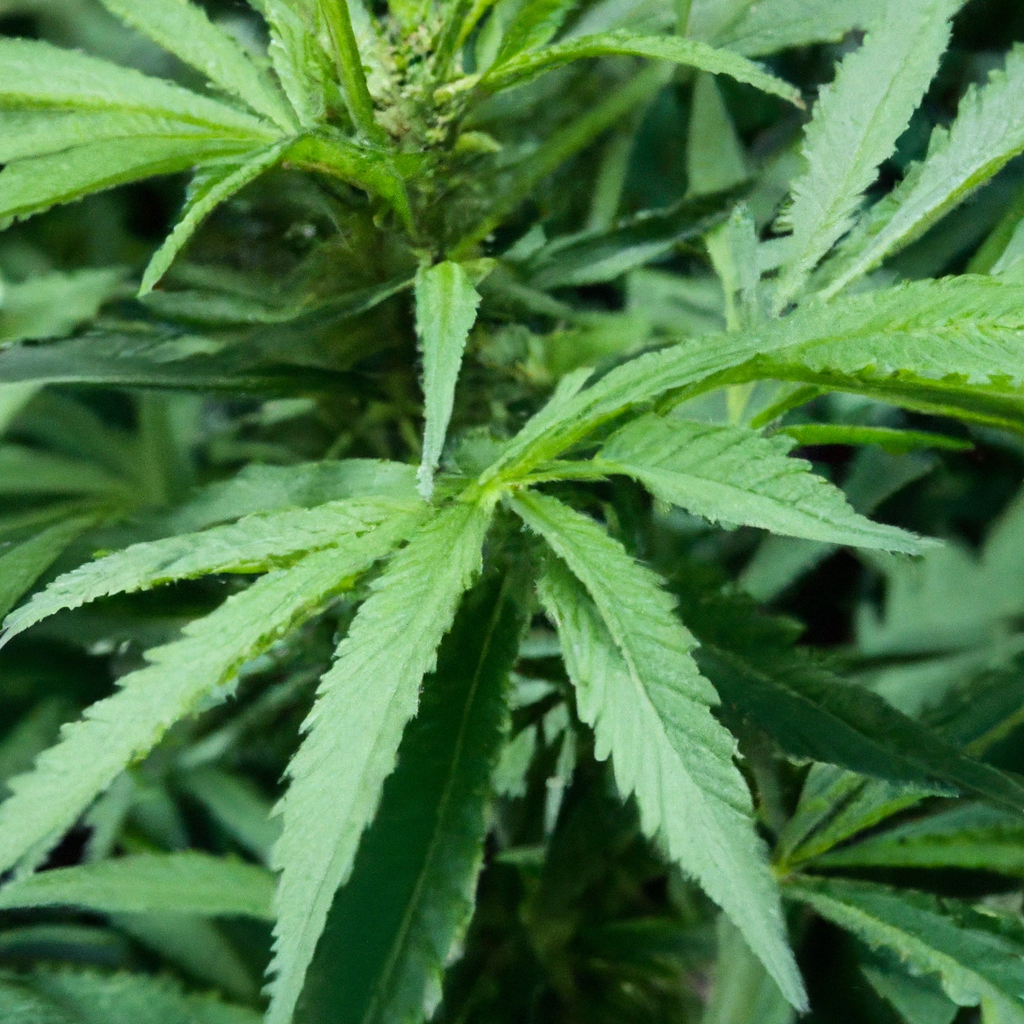By John “Magic” Greenleaf – “Growing greatness, one strain at a time.”
In the world of cannabis, the magic often lies in the subtle differences between seemingly identical plants. Understanding phenotype exploration is crucial for any cultivator who dreams of crafting unique and potent strains. As John “Magic” Greenleaf, I’ve dedicated my career to unraveling these mysteries, especially here in Colorado’s high-altitude terrain. Let’s dive into the enchanting world of phenotype exploration.
Phenotype Exploration: A Beginner’s Guide
At its core, phenotype exploration involves observing and selecting plant characteristics that express desirable traits such as aroma, potency, and resilience. Each cannabis plant is a unique snowflake because of its genetic makeup and environmental conditions. Here’s a step-by-step guide to help you embark on this fascinating journey:
- Understand the Basics: A phenotype is essentially the physical expression of a plant’s genotype influenced by its environment. Learn the genetic history of your seeds to start with a solid foundation.
- Observe Environmental Influences: Temperature, humidity, and even altitude can impact how a plant develops. For example, in Colorado’s high altitudes, UV exposure can enhance certain traits.
- Note Characteristics: During growth cycles, take detailed notes on plant characteristics like leaf size, node spacing, and trichome production.
- Make Informed Selections: Choose plants that exhibit the traits you desire. This selective breeding approach allows you to isolate and enhance particular characteristics over time.
Using Environmental Control for Optimal Phenotype Expression
Successful phenotype exploration goes beyond observation—it requires precise control over your grow environment. Here are some insights into how to use environmental control to your advantage:
- Lighting Intensity: Use high-efficiency LEDs to provide consistent light. Experiment with spectrums to influence plant morphology and terpene production.
- Humidity Management: Maintain optimal relative humidity levels. I recommend 55-60% RH during vegetative growth, reducing to 45-50% RH during flowering to prevent mold and promote resin production.
- Temperature Settings: Balance day and night temperatures to simulate an ideal environment, enhancing the plant’s natural traits.
Case Study: Breeding “Magic Kush”
“Magic Kush” is one of my proudest creations—a strain that epitomizes the potential of phenotype exploration. Here’s how intentional breeding in Colorado’s unique environment brought this powerful indica to life:
Through multiple generations of careful selection and breeding, I focused on developing a plant with high medicinal properties. The use of organic cultivation methods further enhanced the natural aroma and potency, producing a strain ideal for pain relief and sleep.
Tags: Advanced Genetics, High-Altitude Growing, Environmental Control


Leave a Reply